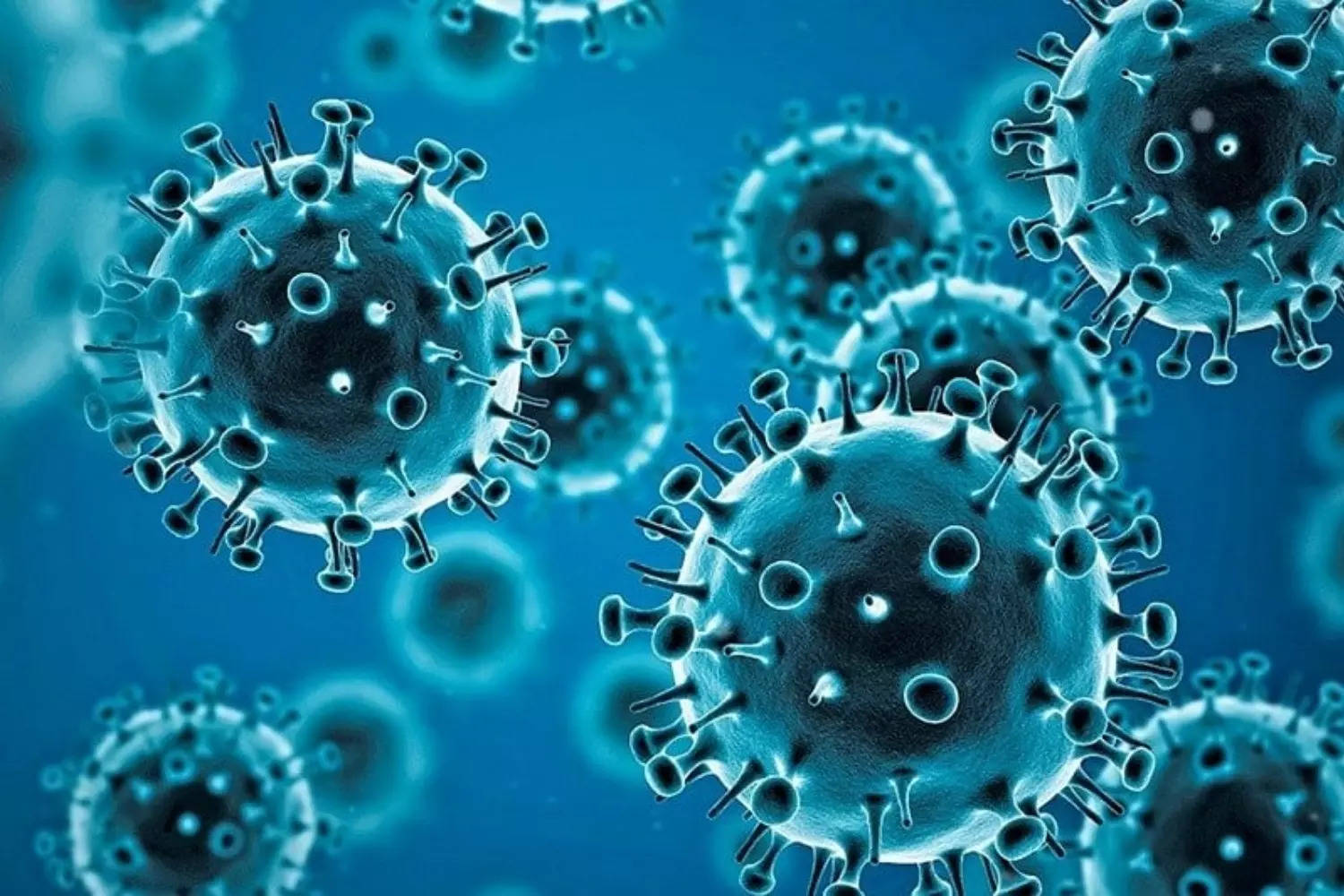
New Delhi: A recently published study has identified 125 viruses circulating in animals from fur farms in China, raising concerns about the risk of these viruses spilling over into human populations. The study, led by Chinese researchers and co-authored by virologist Edward Holmes, has highlighted the urgent need for better virus monitoring on fur farms. The discovery includes 36 previously unknown viruses, with 39 identified as having a “high risk” of crossing species, potentially leading to human infection.
The research, published in the journal Nature, was conducted between 2021 and 2024 and focused on 461 animals that had died from disease. Most of these animals, including minks, foxes, raccoon dogs, rabbits, and muskrats, came from fur farms, with some farmed for food or traditional medicine. The study also included around 50 wild animals. The viruses detected include known pathogens like hepatitis E and Japanese encephalitis, as well as 13 new viruses, highlighting the role of fur farms as potential virus transmission hubs.
Call to Close the Fur Farming Industry
Edward Holmes, a virologist who has been actively researching the spread of viruses in animals, expressed his concern over the fur farming industry’s role in potentially facilitating virus transmission. Holmes stated, “Personally, I think the fur farming industry globally should be closed down.” He has been a strong advocate for heightened surveillance and action to prevent future outbreaks.
One of the viruses identified in the study was the “Pipistrellus bat HKU5-like virus,” which had previously been found in bats but was now detected in the lungs of two farmed minks. This virus is closely related to the Middle East Respiratory Syndrome coronavirus (MERS), which can be deadly to humans. Holmes warned, “That we now see that it jumped from bats to farmed mink must serve as an alarm bell. This virus needs to be monitored.”
Fur Farms as Virus Transmission Hubs
The study’s findings emphasize the potential for fur farms to act as conduits for virus transmission between animals and humans. The researchers found evidence of several types of bird flu in animals like guinea pigs, minks, and muskrats. The team also detected seven types of coronaviruses in these animals, although none were closely related to SARS-CoV-2, the virus responsible for Covid-19.
Raccoon dogs and mink were identified as carrying the highest number of potentially dangerous viruses, making them key species of concern. According to the study, these species harbor viruses that are particularly high-risk for crossing species barriers, which could lead to human infections. “The intensive breeding environment of farmed animals serves as a possible bridge for virus spillover,” the researchers stated.
The global fur trade is a multi-billion-dollar industry, with China being the dominant player, accounting for over 80% of the world’s fur production. In 2021, China produced pelts from an estimated 27 million animals, most of which were turned into luxury garments. The northeastern Chinese province of Shandong, home to many fur farms, was identified as a region with a particularly high concentration of high-risk viruses.
Wildlife Trade and Virus Origins
The study’s findings draw attention to the broader issue of virus transmission linked to the wildlife trade. Many scientists believe that the Covid-19 pandemic originated from the wildlife trade, with bats being the likely source of the virus. Holmes shared his thoughts on this connection, saying, “I strongly believe that the wildlife trade was responsible for the emergence of SARS-CoV-2.” He further suggested that the fur farming industry, closely related to wildlife trade, could easily give rise to another pandemic virus.
While the exact origins of Covid-19 are still under investigation, some of the earliest human cases were linked to wet markets in Wuhan, where live animals, including raccoon dogs, were sold. These animals have been implicated in past outbreaks, with fur animals such as foxes, civets, and minks being identified as potential hosts for viruses like the original SARS coronavirus and SARS-CoV-2. The research suggests that the interaction between humans, farmed animals, and wild animals on fur farms may increase the likelihood of viral transmission across species.
Surveillance and Global Responses
The researchers emphasized the need for increased surveillance of fur farms, particularly focusing on species like mink, raccoon dogs, and guinea pigs. These animals were found to harbor the majority of the “high risk” viruses. The study’s authors, led by Shuo Su from Fudan University in Shanghai, stressed the importance of monitoring these animals closely to prevent zoonotic transmission, which is when viruses jump from animals to humans.
Despite the global awareness of these risks, responses to fur farming practices have been mixed. Denmark, for example, culled its entire farmed mink population in 2020 due to concerns about Covid-19 transmission. However, the country has since reauthorized mink farming. In contrast, China continues to dominate the global fur market, with little indication of stricter regulations being put in place.
The researchers also identified examples of cross-species transmission in fur farms, including a novel canine respiratory coronavirus found in raccoon dogs and bat coronaviruses transmitted to minks. These findings further demonstrate the role of fur farms as potential transmission hubs for viruses that could spill over into human populations.
Urgent Need for Global Action
As fur farming continues to thrive, particularly in Asia, scientists are calling for stronger regulations and improved surveillance systems to prevent future pandemics. The study’s authors recommend increased monitoring of virus activity in farmed fur animals, particularly those found to carry high-risk viruses. Holmes and other experts believe that without proactive measures, fur farms could be the source of the next global outbreak.
Holmes reiterated the need for urgent action, stating, “The related fur farming trade could easily result in another pandemic virus.” With the global public health threat looming, researchers are urging governments to take these warnings seriously and implement policies to mitigate the risks associated with the fur farming industry.
(With inputs from AFP)



